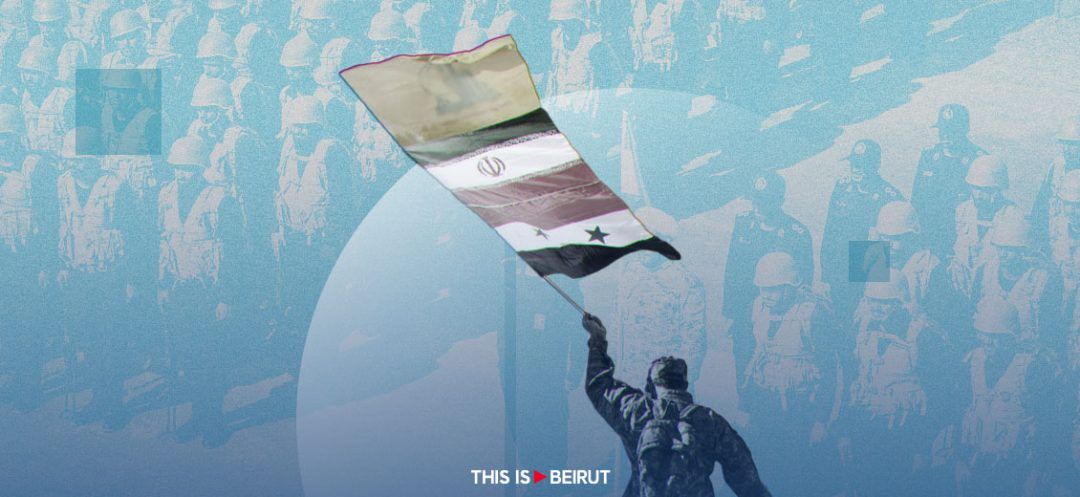
The slogan “Unity of Fronts” emerged some time ago to reflect the vision of the axis commonly referred to as the “Axis of Resistance” or simply the axis of “al-Moumanaa.” This term specifically denotes the alliance spearheaded by Tehran and encompassing an array of military arms across multiple countries in the region. Predominantly, it includes Hezbollah in Lebanon, the Popular Mobilization Forces (Hashd al-Shaabi) in Iraq, the Houthi group in Yemen, alongside diverse security and military groups positioned in various parts of the world.
The political debate regarding the concept of “Unity of Fronts” intensified following the events of October 7 and the unabated Israeli war against Gaza, which has persisted for over three months. There is currently no real horizon for an immediate and direct cessation of hostilities.
Questions have been raised, both on political and grassroots levels, regarding the validity of this slogan and the ability of the parties within al-Moumanaa to adhere to it.
Despite the escalating regional tensions stretching from the Red Sea to Palestine and from southern Lebanon to Pakistan, covering areas including Syria and Jordan, among others, the “limited” operations remain restrained compared to what the axis describes as the “grand battle.” These operations aim at liberating Palestine (or so it is said), thus thwarting the Western project in the Middle East.
Apart from the Southern Lebanese Front and the irritations caused by the Houthis in the Red Sea region to impede maritime navigation, the region as a whole has yet to be engulfed in turmoil, although it precariously teeters on the edge of a potential eruption that may not have unfolded on both the international and Iranian timelines.
Speaking of which, Egypt has borne the full impact of the maritime navigation hindrance within the Red Sea as it faces a myriad of unprecedented economic and financial problems.
Despite securing significant achievements against the West by bolstering control over the Red Sea through Iran’s allies, it does not mean that this move was meticulously calculated or that it effectively fulfilled the desired goals, particularly in terms of supporting the Palestinian people in Gaza.
The Israeli war continues, and, despite its importance, the decision of the International Court of Justice refrained from explicitly calling for a ceasefire. Moreover, there are serious question marks in connection with the one-month deadline and Israel’s future actions during the ceasefire.
It has been proven by both political and military practices that the concept of “Unity of Fronts” faces major hurdles. Notably, Iran is striving to avert a major confrontation, and the US is reluctant to expand the war.
Washington’s lobbying to close the Southern Front in Lebanon reflects its unreadiness to expand the war and let it spin out of control, at least for the moment.
The term “Unity of Fronts” followed the “Sword of Jerusalem” battle initiated by the Hamas movement in May 2021 to defend Al-Aqsa Mosque in response to Israeli attempts to wipe out the Sheikh Jarrah neighborhood in Jerusalem.
According to a study published by the Institute for Palestine Studies, “there is continuous coordination and collaboration among all ‘al-Moumanaa’ forces in the region. A joint operations room was established in recent years in addition to collective training and the exchange of experiences.”
This indicates that the collaborative work among parties within the al-Moumanaa axis extends beyond mere political rhetoric to encompass all forms of field, military, and security work. This collaboration transcends institutional and constitutional frameworks (where applicable) in the countries where operations are conducted. Moreover, the cooperation level beats national interests in those countries when deemed necessary.
However, the war that followed the events of October 7 constituted a real test for this axis and its slogan. It also highlighted the need to redraw the boundaries between the states’ national interests and the concerns of other powers.
Now may not be the appropriate time to conduct this theoretical “exercise” when shells fall and cannons thunder, but it must be done soon, before a fire breaks out, one that will not be easy to put out.
Read more





Comments